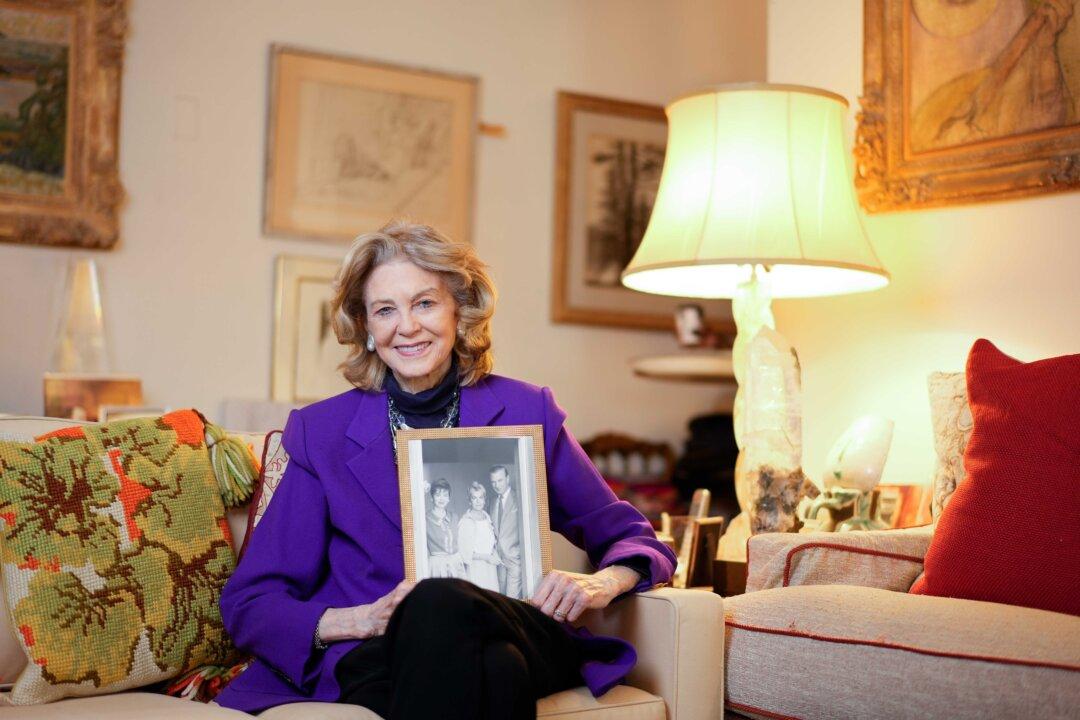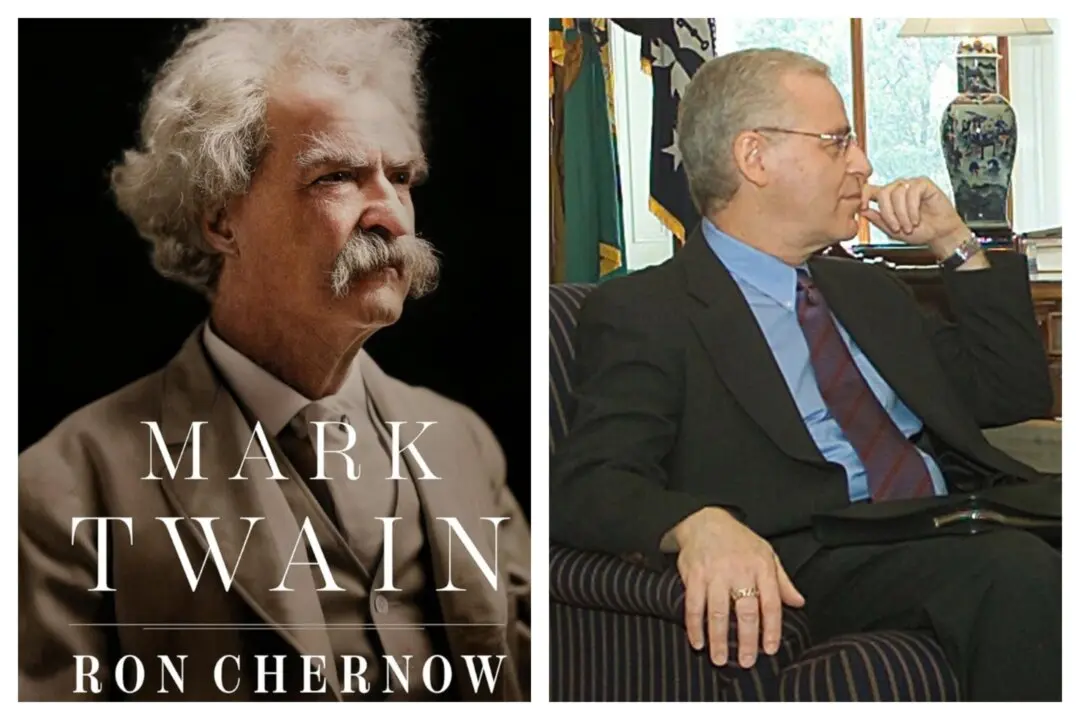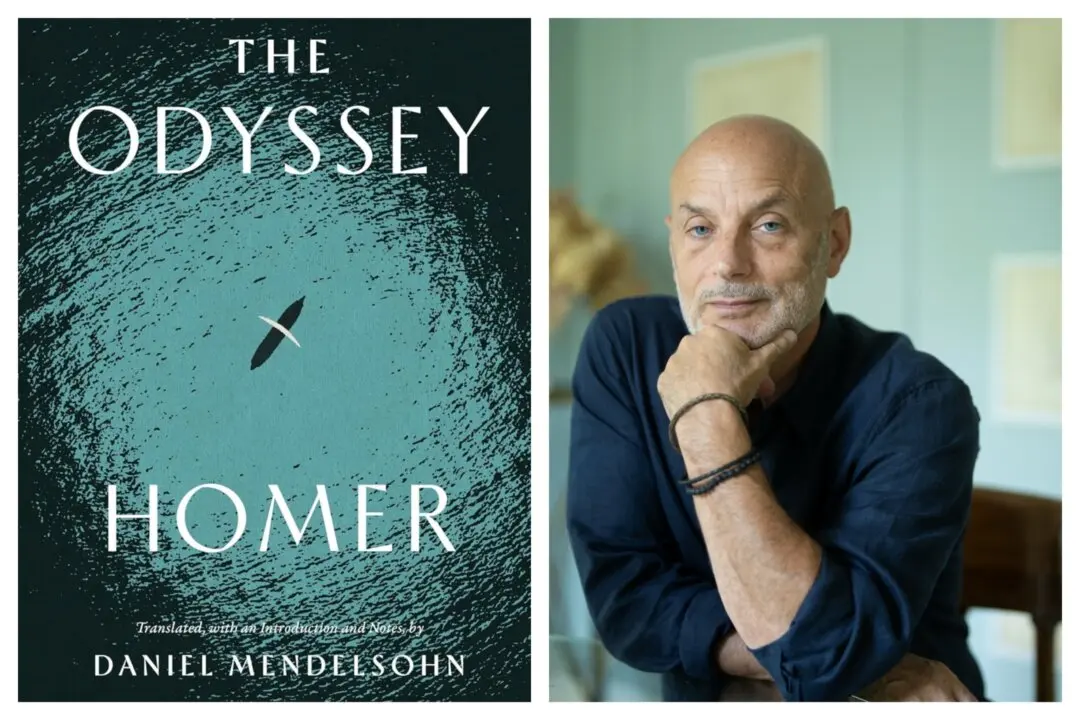Gary Cooper is synonymous with the Golden Age of Hollywood. He was one of its most successful box office draws. He was nominated five times for the Best Actor Oscar and won twice for “Sergeant York” and “High Noon.” Handsome, strong, and with an honest stare, Cooper became the country’s model of masculinity, integrity, and courage.
His roles were varied. They ranged from military heroes, like Alvin York, the most decorated U.S. soldier in World War I, and Billy Mitchell, considered the Father of the U.S. Air Force; to a Quaker father in “Friendly Persuasion”; the tragic baseball player Lou Gehrig in “The Pride of the Yankees”; and a tamer of the Old West, none better known than the fictional Marshal Will Kane in “High Noon.”






